10 Ways Thrillist Got Casinos, and Las Vegas, Wrong
We make no apologies for the fact this blog loves it some “listicles” (a catch-all for “information presented in list form”), and we also love a site that frequently publishes them, Thrillist.
Recently, though, Thrillist was responsible for a story we simply can’t let stand.
The piece is called “10 Sneaky Ways Las Vegas Casinos Take Your Money.” The article rehashes lots of outdated Las Vegas myths, jumps to lots of erroneous conclusions and states a number of falsehoods as truth, so we figured it would be fun to lend our two cents to the conversation.
If you don’t already live by the credo, “Don’t believe everything you read on the Internet,” now might be a good time to start.
1. Casinos are Windowless Traps
Right up front, Thrillist asserts “casinos are windowless traps.” We call bull.
Many newer casinos have windows and natural light. The extent to which this assertion is misguided can be easily illustrated by the fact casino companies are now building entire venues outside. Those include the multi-million dollar Linq promenade and The Park, between Monte Carlo and New York-New York.
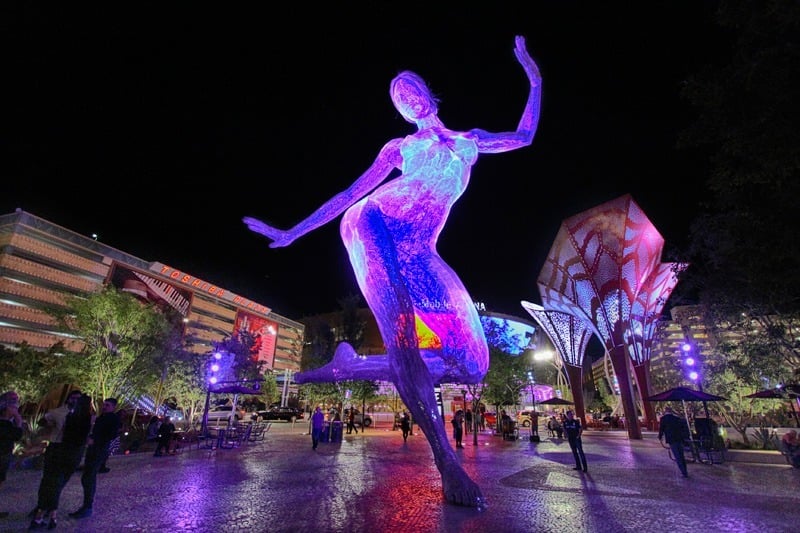
The article also asks, “Where is the nearest exit?” Seriously? There are signs for exits everywhere. Fire and safety regulations require casinos to post exit signs everywhere. Being sneaky about exits simply wouldn’t be tolerated in casinos.
Although these tidbits make for a colorful conspiracy theory, they’re simply not true upon further scrutiny.
2. Casinos Don’t Have Clocks
The Thrillist article asks, “What time of day is it?” We say it’s time to get a clue about Las Vegas and the modern world.
While you can’t often find clocks inside a casino, why would you need one? Just about every person in a casino has a smartphone on them that shows the time!
Whether the trope about clocks is true or false, why would it matter if casinos provide clocks? Let’s put this old saw to rest, already.
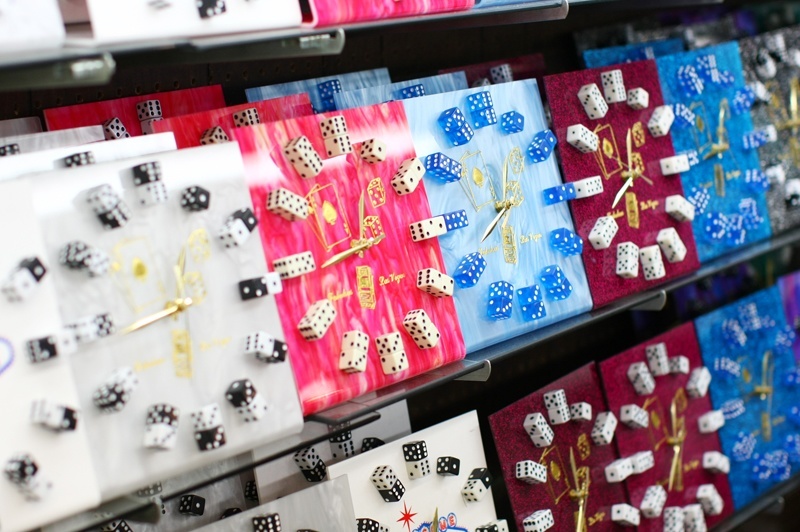
3. Casino Cages Are Hard to Find
The Thrillist article posits, as fact, casino cages are difficult to find.
“It always seems that the casino cage is hard to find, requiring a walk deep into the casino—past many other games and temptations.”
The hooey is strong with this one.
There’s nothing sinister going on with the placement of casino cages. The location of cages is based upon security concerns, and signage for cages is everywhere.
Today’s casinos are all about customer service. Annoy a customer by hiding a cage and they won’t be back. Also, many casinos have players club desks at the cage, so why would they want to deter players from signing up?
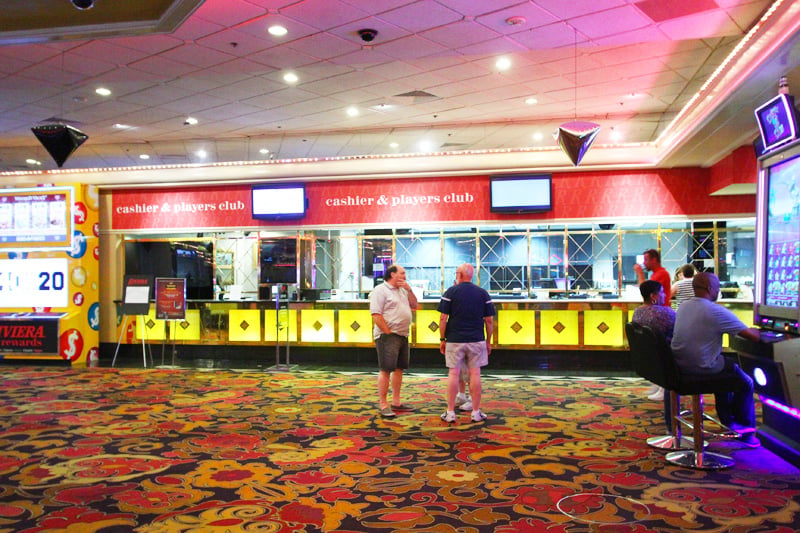
In addition, most people playing in casinos are doing so at slot machines. Those machines spit out TITO (ticket-in, ticket-out) vouchers that can be redeemed at self-serve kiosks, more numerous than ever.
4. Casino Cages Are Intentionally Understaffed
The Thrillist story continues, “And once you find it, often there is a line with only one person there to service those who want to trade their chips in for cash.”
We have personally been to every casino in Las Vegas, for a time period spanning more than a decade, and we have never been to a casino cage with one attendant.
Again, slow service doesn’t benefit a casino. We presume there are also regulatory and security requirements about someone being left along with millions of dollars in cash.
If hogwash and hokum had a bastard child, it would be this.
5. Wild Casino Carpets “Keep Your Eyes on the Prize”
We’ve heard this ridiculous theory for years now, and it’s never been true. We’re very familiar with the concept of “unpleasant design,” a concept covered masterfully in a recent episode of the exceptional 99% Invisible podcast. (Many Las Vegas casinos use sharp and pointed design elements on their outdoor features to keep vagrants from sitting or sleeping at their venue, for example.)
But casino carpets aren’t that.
The reason casino carpets are colorful, and have distinctive design details, is to disguise stains. Casino carpets get a lot of traffic, and much of that traffic is drunk and carrying liquor. Spills are frequent, and busy carpeting helps camouflage spills and stains. As usual, practicality wins over conspiracy.
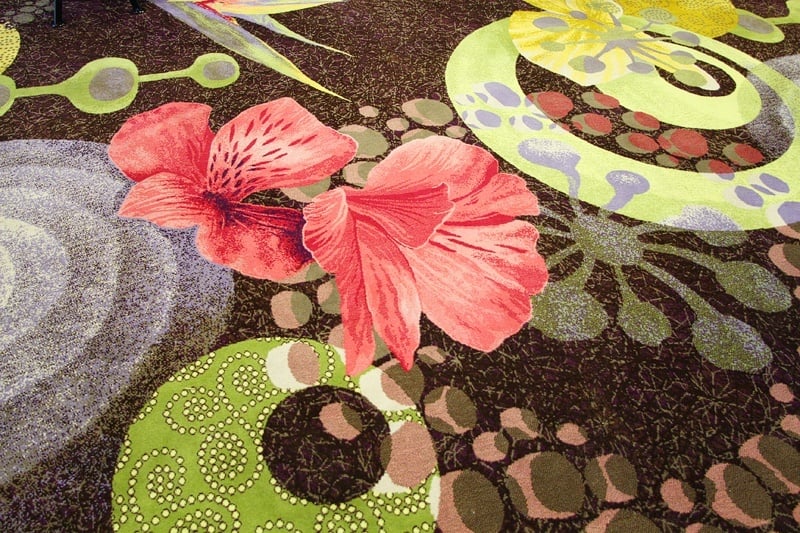
6. Casinos Teach Players Wrong
Thrillist encourages casino guests to be careful who they learn from, the implication being that if you take free gambling lessons at a casino, instructors don’t “exactly have a ton of incentive to teach the best bets that give players the best chance to win.”
Free gambling lessons are a popular service, and it’s not on the casino to teach every detail of a given game. The idea is to give an introduction to the game, and it’s on the player to learn the nuances, odds and strategies.
Ultimately, all casino games are stacked in favor of the house. Casinos don’t have to be “sneaky.” They need to make customers feel welcome, they need to differentiate themselves from their competition (free services do that) and they need to provide a memorable, safe, fun experience.
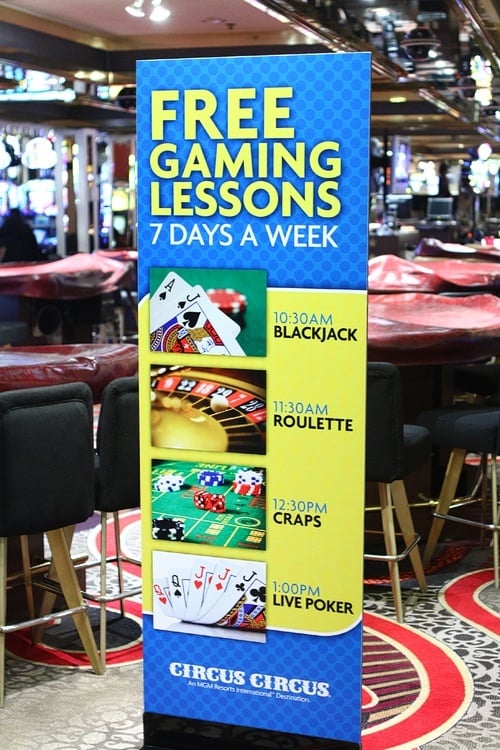
That said, we’re not oblivious to the ways casino games avoid having big, red arrows pointing to the better bets on a given table game. You won’t find any wording about “odds” bets on a craps table, despite that bet being one of the best in the casino. And you’ll almost always see the “Big 6” and “Big 8” bets (sucker bets) clearly marked.
But casinos aren’t teaching players wrong. They’re whetting our whistles, and what happens from there is up to us.
7. “Cash Advance Leads to Winless Trance”
This item seems to be included in the Thrillist article to warn us against using credit card cash advances. Great advice, but we’re baffled as to how this is a strategy by casinos to take
our money.
Yes, casino ATMs charge for withdrawals and cash advances. Fees are clearly stated during the transaction. Yes, credit cards charge interest for money we borrow.
Is any of this underhanded on the part of a casino? Of course not.
8. Dirty Hidden Fees, Part One: Resort Fees
Again, this item isn’t so much incorrect as it is irrelevant.
Thrillist says, “Many casino hotels charge what are called ‘resort fees’—daily charges tacked on to the hotel bill for ‘resort amenities’ rather than just including them in the cost of the hotel room—which is just a way to bump up what you thought was a reasonable bill.”
Fair definition, and nobody likes resort fees, but what in the name of all that’s Vegas do resort fees have to do with casinos?
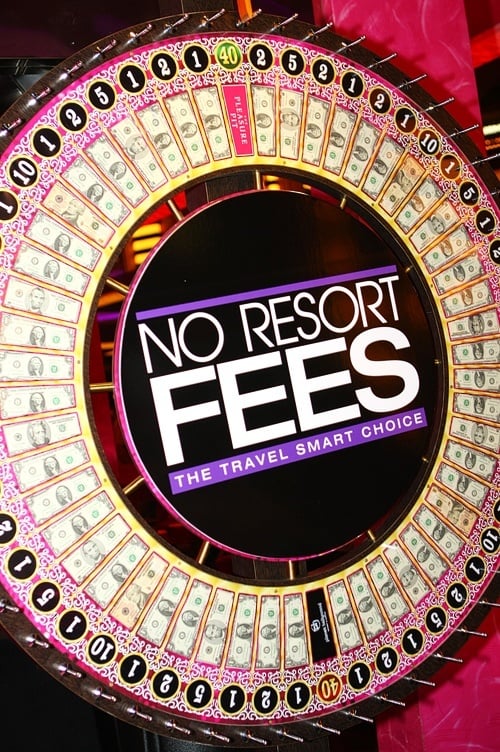
We bash resort fees often, but they’re a worldwide problem in the hotel industry. Proportionately few of the offending hotels are in Las Vegas and only a tiny fraction have casinos in them. Somebody’s fluffing up their listicle!
Note: Thrillist uses a photo of the Fremont casino in its story, a downtown hotel that doesn’t charge resort fees.
9. Dirty Hidden Fees, Part Two: CNF Charges
Our blog is a likely source for this entry in the Thrillist article, as we’ve ranted about CNF charges frequently.
Thrillist says, “There are plenty of great restaurants in Vegas and plenty of places to eat in Vegas for $10 or less—but on [sic] of the most infuriating practices for a few restaurants, especially on the Strip, is the Concession and Franchise Fee (known as a CNF)—sticking it to diners for an extra 4.7% on every bill.”
So, we’re not saying Thrillist was wrong in bashing these asinine charges at places like Beer Park and Hexx at Paris, Cabo Wabo Cantina, Senor Frog’s and Rhumbar. We’re just saying what does this have to do with casinos?
CNF charges are a restaurant thing, so while sneaky, they’re not casino-related.
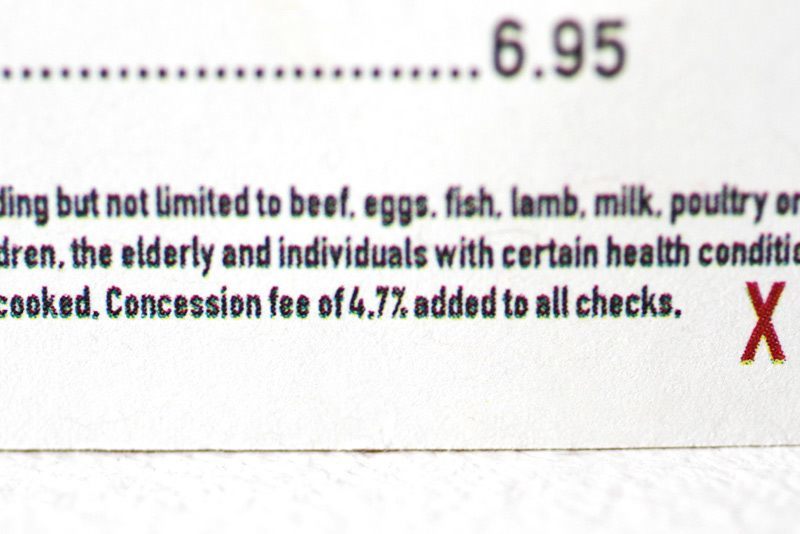
10. Casino Players Clubs Are Somehow Sneaky
Thrillist says casino players clubs are “the club you don’t want to be a part of,” then the article goes on to say “joining a players club at casinos will earn you ‘cash back’ and ‘players points,’ the more you gamble the more perks and points you get.” Well, they got it half right.
Getting perks and cash back for your play certainly sounds sneaky, doesn’t it?
Then Thrillist goes off the rails, stating “these clubs are designed to keep players at the tables and slot machines longer.”
How do we put this diplomatically? WTF are they talking about? Here’s the truth: Casino players clubs exist to track play and reward loyalty. They’re a marketing tool.
Loyalty clubs are like frequent flyer miles, and in fact, casino loyalty clubs were pretty much lifted from airline reward programs. Are airlines being “sneaky”?
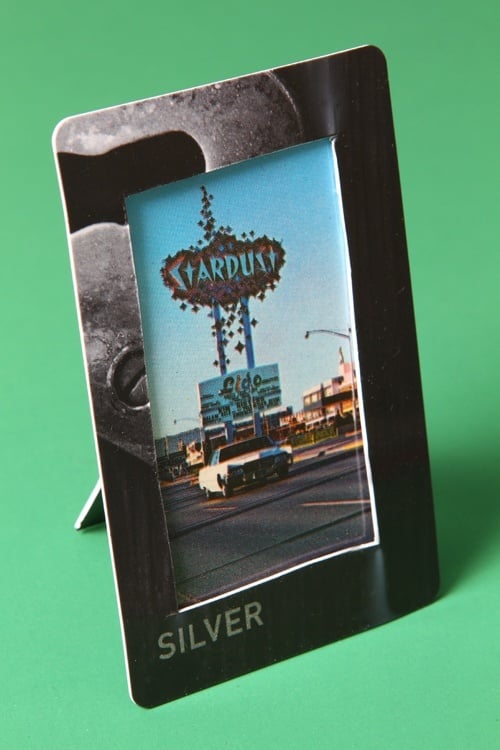
Loyalty clubs offer players perks they wouldn’t get if a card weren’t used. So, it’s sort of the opposite of a sneaky way casinos take our money. It’s a way to give loyal customers something back.
Again, many of the misconceptions and myths in the Thrillist article are common.
But the bottom line is casinos don’t have to be sneaky to make money. They have two things on their side: Math and time.
For every bet made in a casino, the house gets a piece. When you lose, they get your money. If you win, they take a commission by paying out slightly less than the odds would dictate.
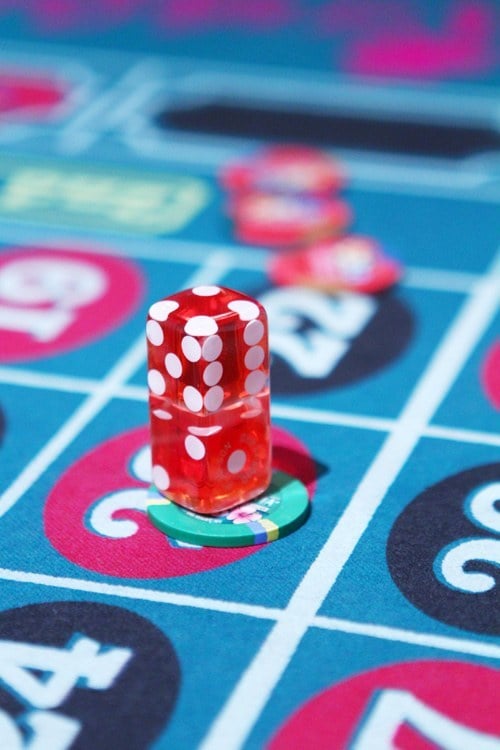
Every for-profit industry tries to make the most of things that trigger our biases and motivations. Casinos aren’t any worse or better than the others.
If you’re going to go after casinos for trying to make money with design or psychology, you also have to go after breakfast cereal companies for placing products at the eye level of kids.
Articles like the one on Thrillist perpetuate the myth casinos are somehow trying to hoodwink us. The truth is the casino industry is one of the most-regulated industries around.
Casinos and Las Vegas deserve better. Dig deeper, ask questions, don’t perpetuate myths. (No, oxygen isn’t being pumped into casinos.)
The Thrillist article is still worth a read. It’s true people bet more when using chips than cash, and the article also gets it right that “there’s no such thing as free booze.”
If you want to learn more about how casinos use light, sound, interior design and ergonomics to keep the money rolling in, read “Addiction by Design” by Natasha Dow Schull. We’d love to hear your take on all this.
It should be noted we’ve worked at, and for, casinos during our time in Las Vegas. We used to write the blog for Caesars Entertainment, and our current day gig is at Fremont Street Experience, which is financially supported by its member casinos. That said, we have a pretty good history of calling out casinos when they’re doing something we don’t like (which happens far too often, actually). As with anything you read on the Internet, question everything and decide for yourself who gets it right.

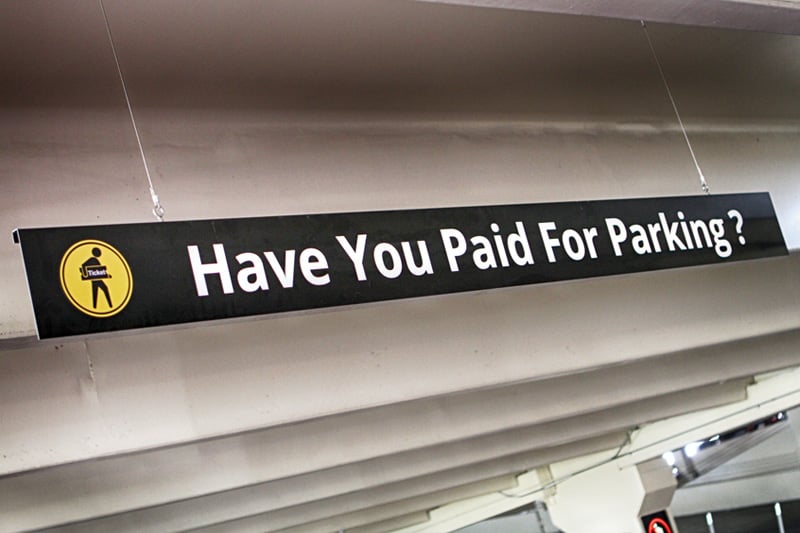


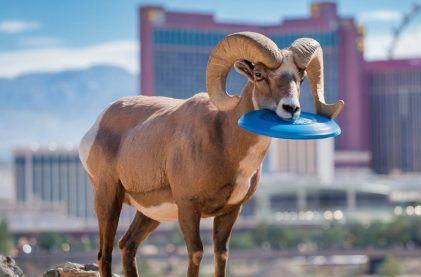
Leave your thoughts on “10 Ways Thrillist Got Casinos, and Las Vegas, Wrong”
9 Comments